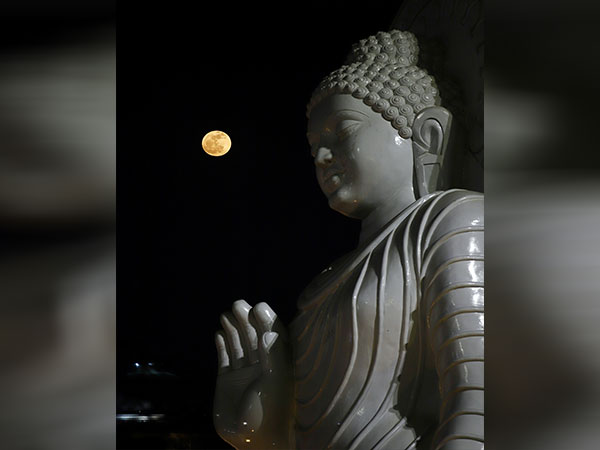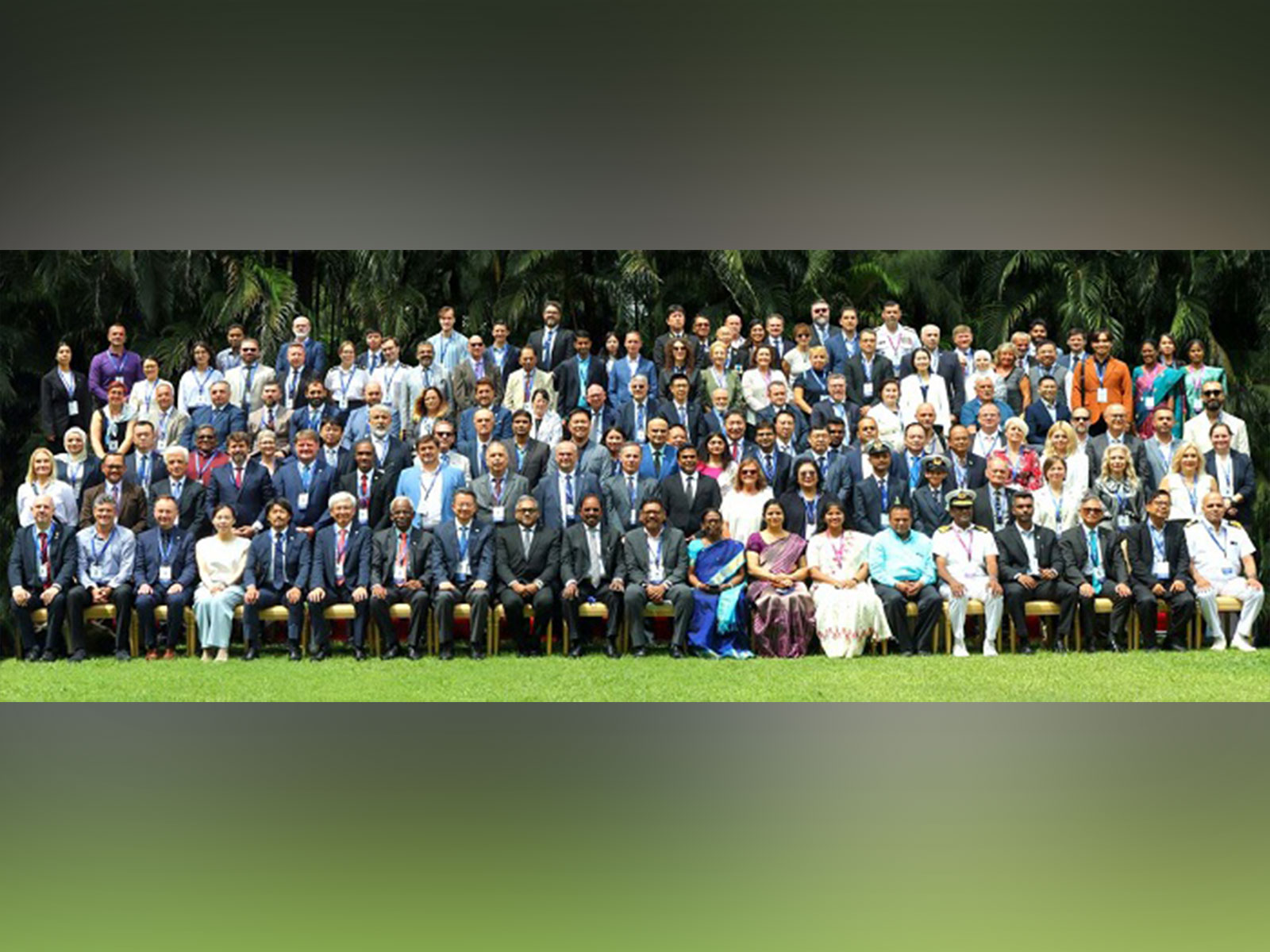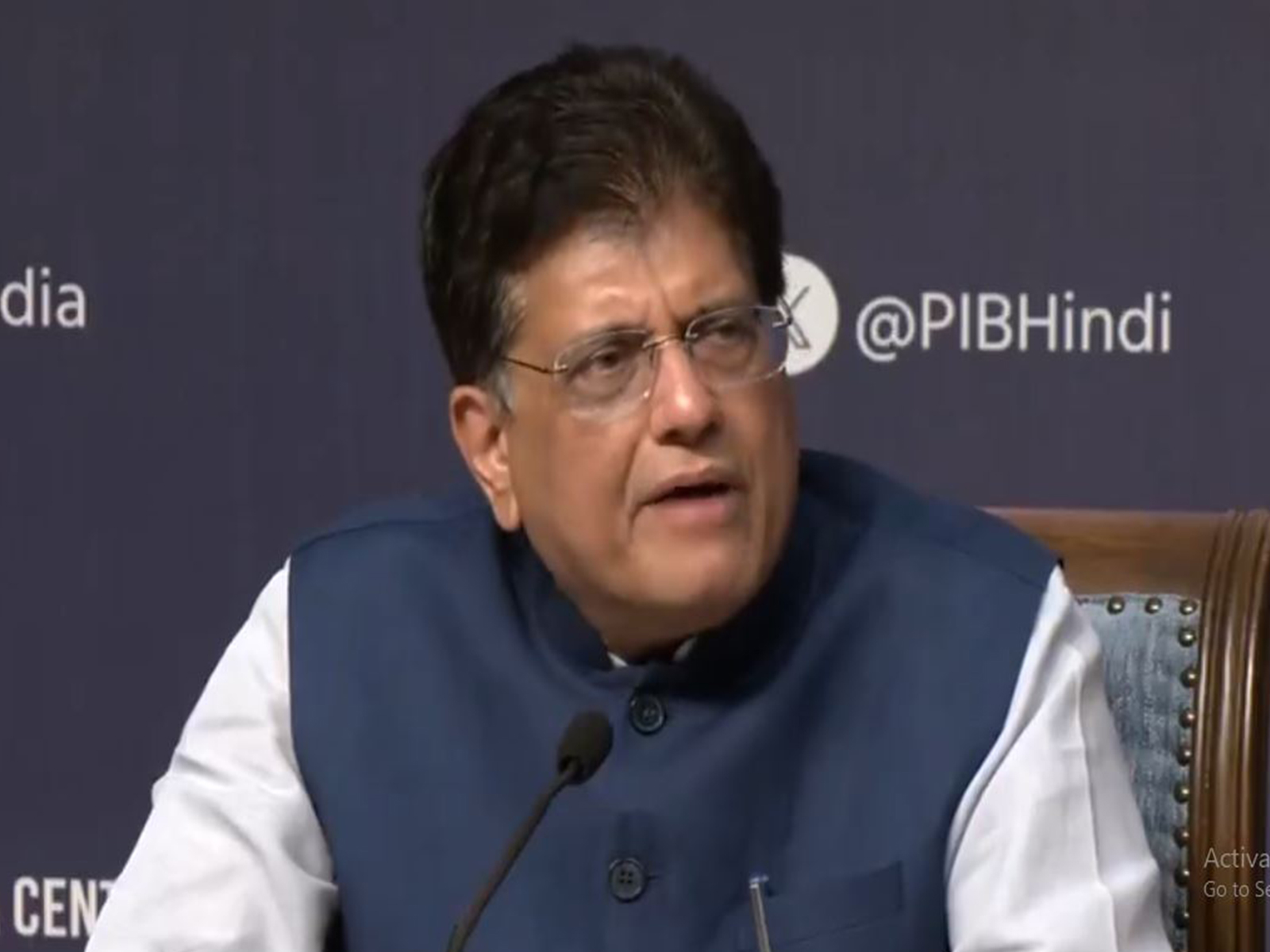By Baishali Sarkar
New Delhi [India], November 4 (ANI): The magnitude of influence that Buddhism had on the history of Asia is visible both in the tangible and intangible transposes in its complete periphery. This pan Asian outlook was achieved through merchandise, hallowed expeditions to sacred Buddhist sites, observances, depictions, compositions and credos.
In this context; the Buddhist paraphernalia have also transcended beyond being mere objects of reverence to a much more profound, parabolic rendering for centuries. Crafted from an array of materials, or sometimes only one; they serve as objects of devotion and philosophical contemplation.
India, as the birthplace of Buddha Dhamma, holds a foundational place in the practice and symbolism surrounding the relics of the Buddha. The presence of relics–be it physical remains of the Buddha or objects associated with his teachings–serves to connect practitioners with the historical and spiritual essence of the Buddha Dhamma.
The Mahaparinibbana of the Buddha brought in the compulsion to embody Him and His teachings in a single frame; which thus could bring the immediacy of the statues with interred objects. Within the hollows of the Buddha paraphernalia; sacred objects, substances, and relics are often placed wrapped in silk; straddling the boundary between the physical world and the transcendental realm, imbibing the statue with an ethereal signature. Interring sacred objects in the hollows and their accounts bloomed from India, continued to thrive across pan Asia.
The cross-cultural context that is used in interring through a panoramic view traces the amalgamation of the boundary between the somatic and the intellective spheres. The practice of embedding relics and various objects within the cavities of Buddhist icons is often characterized as a puzzle or a theoretical quandary. This intricate phenomenon invites both emic (insider) and etic (outsider) perspectives to explore the rich symbolism associated with the worship of relics, reliquaries, and icons. Notably, these two perspectives are not mutually exclusive; rather, their integration can lead to a more comprehensive understanding of the subject. It is essential to recognize that ritual action is often considered a distinctly human activity.
From the emic perspective of Buddhists, the relic depository is not merely a space filled with inanimate objects; it is perceived as a dynamic space filled with powerful living entities. The relics of the Buddha, mandalas, and spell inscriptions occupy this sacred space, each regarded as possessing agency and significance borne with the ritual altar inside the relic depository is constituted by objects that are not passive but actively participate in the ritual process. These relics are seen as embodying the essence of the Buddha, serving as conduits for blessings and spiritual merit, creating a bridge between the physical and spiritual realms.
While; from an etic perspective, the anthropological approach provides insight into the material agency of the ritual altar within pagodas and stupas. This perspective considers how the objects housed within these sacred spaces extend the efficacy of ritual practices, particularly chanting and other forms of devotion. The concept of tangibility suggests that the relics and icons are imbued with inherent power, which can facilitate or enhance the spiritual outcomes of rituals.
The relics of the Buddha, revered over centuries, have recently gained increased scholarly attention. The Latin term “reliquiae,” meaning “residue,” contrasts with the Indian term “(dhatu),” which encompasses meanings such as “element,” “ingredient,” “property,” and “principle,” none of which explicitly denote temporality.
While their physical presence underscores the impermanence inherent in all forms of life, the Buddha relics symbolize His spiritual presence, signifying that those who behold His relics are in essence encountering Him. Each relic is revered not merely as a historical artifact but as a continuum of the Buddha’s teachings on suffering, compassion, and the Middle Way. The Relics can be differentiated in three categories: Body Relics – Saririka-dhatu, Contact Relics – Paribhoga-dhatu or Dharma Relics – Uddesika-dhatu. Rituals associated with relic worship, such as circumambulation (pradakshina) and offerings, deepen devotees’ spiritual experiences and reaffirm their dedication to the Buddha’s teachings.
The container and content, concealment and revelation, descent and entering, and incubation and gestation all contribute to the symbolic framework within which these practices occur. The act of embedding relics becomes a means of animating the icons, infusing them with spiritual life and purpose.
This process speaks to a larger narrative within Buddha Dhamma that emphasizes the impermanence of existence and the potential for spiritual awakening. As the land of the Buddha Dhamma, India provides a unique backdrop for exploring the complexities of relic worship and its symbolic implications.
Buddhist narratives about relics and images typically establish a connection between devotees and the supramundane by detailing how specific relics or images relate to extraordinary beings. Ultimately, while relics extend the biography of the Buddha, their impact relies on accompanying written or oral narratives to convey their power and uniqueness. Buddhist narratives about relics and images often include predictions and prophecies that suggest these powerful objects were destined to emerge for worship. When attributed to the Buddha or awakened being, such prophecies lend authority to the relics journey, guiding their acquisition by deserving rulers or communities.
These narratives explain how relics were obtained, displayed their powers, and traveled to their current locations, framing their historical significance. Furthermore, the narratives enhance the significance of specific shrines and temples housing these objects, creating sacred spaces and pilgrimage networks for ritualized devotion. The perceived affinity between certain relics or images bestows authority on those who claim to protect or possess them. Kings, monks, and aristocrats associated with relics often gain increased stature and influence in social and political realms. Thus, the possession of a relic or image amplifies their power and authority. With the emphasis on impermanence and mindfulness, these contribute to the richness of the practice.
Having said so, keeping aside the visible aesthetics of the paraphernalia; the hollows within the insides also hold much greater profundity. In essence, we often have an innate understanding that helps us bridge the interpretive gap in our history, particularly in the Indian context. This allows us to appreciate our rich cultural heritage with all its complexities and nuances, continues to shape our collective experience and identity, reminding us of the lessons learned and the resilience forged through time. (ANI)
Disclaimer: This story is auto-generated from a syndicated feed of ANI; only the image & headline may have been reworked by News Services Division of World News Network Inc Ltd and Palghar News and Pune News and World News
HINDI, MARATHI, GUJARATI, TAMIL, TELUGU, BENGALI, KANNADA, ORIYA, PUNJABI, URDU, MALAYALAM
For more details and packages
















